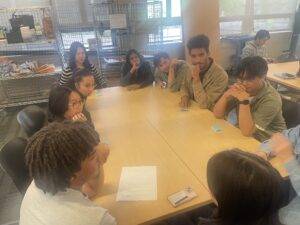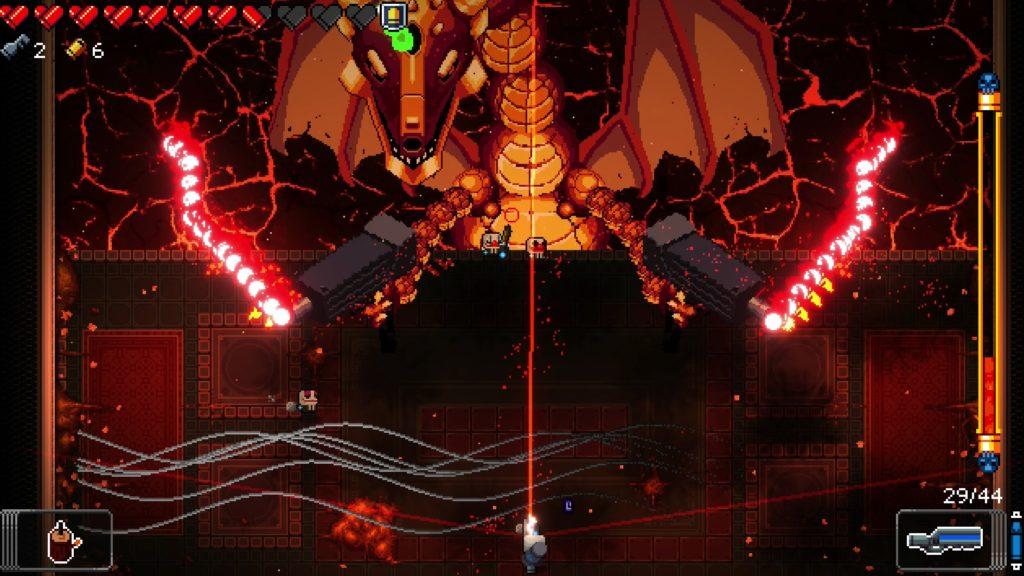Big Potato Games’s The Chameleon is a tabletop party game where one player, the Chameleon, doesn’t know the secret word, while everyone else does. Players use one word each to try to distinguish between the player and the Chameleon. The Chameleon’s goal is to try and outwit the other players, blend in, and guess the secret word. The game is aimed towards a general audience of fourteen and up, which is due to the need for deception and social deduction skills, which young kids might lack.

The Chameleon
How does The Chameleon compare and contrast with Weasel? Weasel is also a tabletop party game where players, called Robins, must identify who among them are the Weasels. Weasel, shares some mechanics similar to those of The Chameleon. For example, everyone gets a card containing a secret word except for the Weasels, and players try to vote out the Weasel/Chameleon. Both games are unilateral competition games, which can make groups unbalanced as players are naturally going to group up against other players.
This, however, leads to a potential flaw both games can face: players get frustrated by being falsely accused of being the Chameleon/Weasel. This can happen due to the player not being familiar with the secret topic, reading the wrong secret word, or having a suspicious demeanor. This happened to one of my friends when we were playing The Chameleon and the topic was Kung Fu Panda, where the topic was a movie one friend had never seen. He gave surface-level clues that made him seem suspicious to the group, and he ended up getting voted out even though he was not the Chameleon. A potential fix for this issue would be to choose simpler topics, like colors or shapes. This, however, presents another issue shown in Theory of Fun for Game Design, in which Raph Koster notes that making a game too easy can “kill the pleasurable learning experience” (p. 20), and cause our game to be boring.

A photo from the round where my friend was wrongly accused of being the Chameleon
So how else can we address this issue? In Weasel, I fixed this by making a new role: the Hawk, who receives a word similar to the real word, but is just different enough to evoke suspicion. The purpose of the Hawk’s role is to create a new dynamic of preventing the Robins from instantly accusing someone of being the Weasel. Now, they have to consider that the player might not be a Weasel, but instead a Hawk, a role that protects Robins from being exposed by the Weasels.
Weasel also has a different discussion phase from The Chameleon. Instead of going around in a set order, players now control the flow of conversation themselves. This shift opens the door for different play styles, some players might jump in to lead the discussion (socializes), others may prefer to stay quiet and observe, and some might sit back almost entirely. This freedom makes the aesthetic feel more personalized to players’ different play styles. At the end of every round, one player is forcibly voted out, which adds a sense of urgency and pushes players to engage, share information, and read the room (a type of Fellowship fun) before it’s too late.
Do these differences enhance the gameplay experience? After getting feedback from playtesters, many said they enjoyed how the game was unique in having three distinct roles. The initial procedures and rules were a bit tricky to explain, but as the game progressed, they found it fun and engaging. By the end of our first playtest, every player seemed to have a clear understanding of the rules and enjoyed the game. I continue to look forward to changing more of the game mechanics to enhance the gameplay experience and help it stand out more from The Chameleon.

Testing out an early version of Weasel




